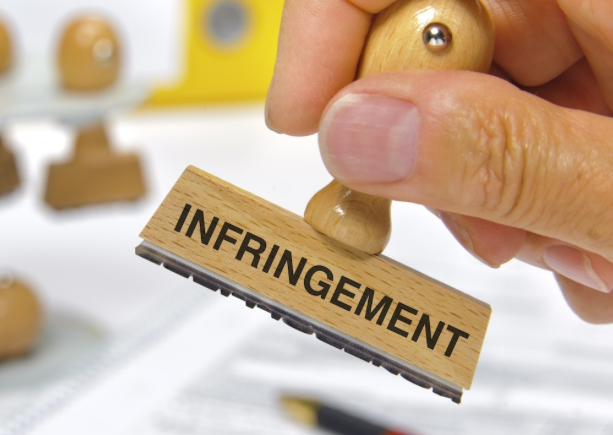
On Wednesday, a state representative from Los Angeles presented enactment that would make retailers subject for work infringement at the port trucking organizations they procure. The bill has gotten supports from the chairmen of Long Beach, Los Angeles and Oakland, California’s three greatest port urban communities.
“While we have some extraordinary trucking organizations working at the ports, we have to settle our framework to ensure all truckers are dealt with decently,” said Long Beach Mayor Robert Garcia. “We have to raise principles, and wages, in the business while expanding productivity to ensure our ports keep on being motors of development.”
The bill, presented by State Senator Ricardo Lara, would make a rundown of trucking organizations that have a past filled with unpaid last judgments for inability to pay compensation, forcing unlawful costs on workers, neglecting to transmit finance charges and different infringement. A retailer enlisting an organization on this rundown would be mutually at risk for any future state work law infringement by the trucking organization.
“Port truckers are driving the worldwide economy and conveying for the greatest brands however they can scarcely stand to purchase garments for their families,” said Senator Ricardo Lara, who speaks to the Port of Long Beach and encompassing neighborhoods. “These used to be steady employments, and they can be steady employments again if retailers go along with us in enhancing work conditions here in California and returning pride in the driver’s seat.”
Sen. Lara noticed that dray age drivers in California are a to a great extent migrant workforce, and are frequently compelled to rent their own particular trucks so as to work – a plan that may abandon them owing cash as opposed to accepting wages. Under California law, Sen. Lara stated, dray age truckers are representatives, however they are routinely classified as contractual workers to dodge work directions. An authorization exertion is well under way: the California Labor Commissioner’s Office has won in abundance of $45 million in judgments against port trucking organizations, and none of these honors have been toppled on bid.
In a discharge issued Wednesday, Sen. Lara cited a nearby trucker who was worried about the costs he would be compelled to pay for his own new semi truck as a state of work. “I live close to the harbor and my family needs clean air as much our neighbors do. In any case, laws should be passed so misclassified drivers like me are not compelled to pay for costly new zero-outflows trucks that I don’t possess,” said Manuel Martines, a port truck driver from Los Angeles. “In the case of something isn’t done, drivers should go on strike once more.”
The Harbor Trucking Association, an exchange amass sponsored by Total Terminals, APM Terminals, Long Beach Container Terminal and local transportation organizations, said Thursday that Sen. Lara’s enactment was misinformed. “This is another case of a California lawmaker who doesn’t comprehend the drayage . . . industry,” LaBar revealed to USA Today in a messaged articulation. “This attack on the trucker’s entitlement to pick their plan of action needs to stop.”



